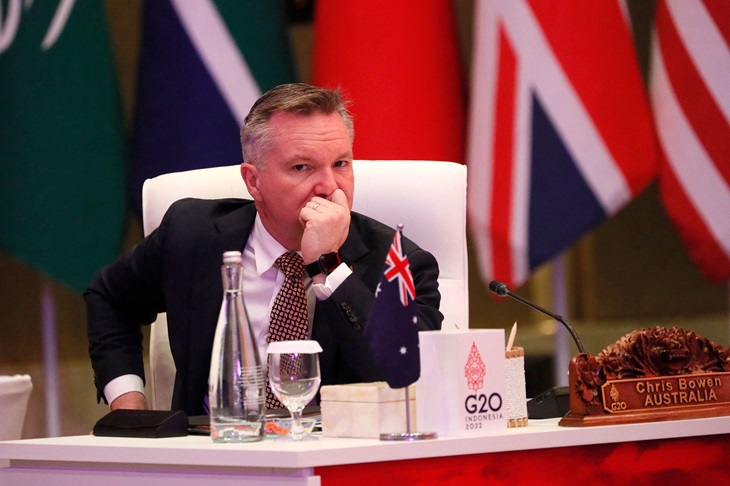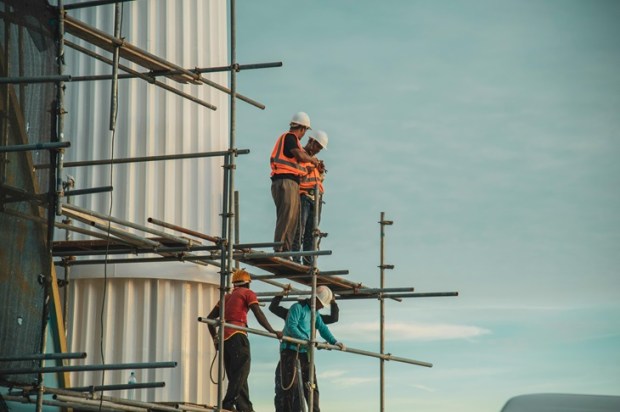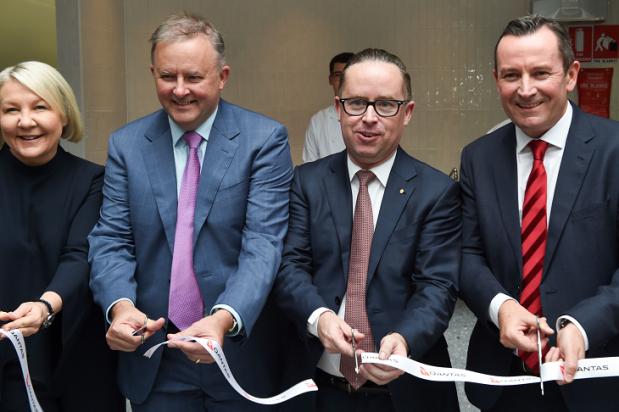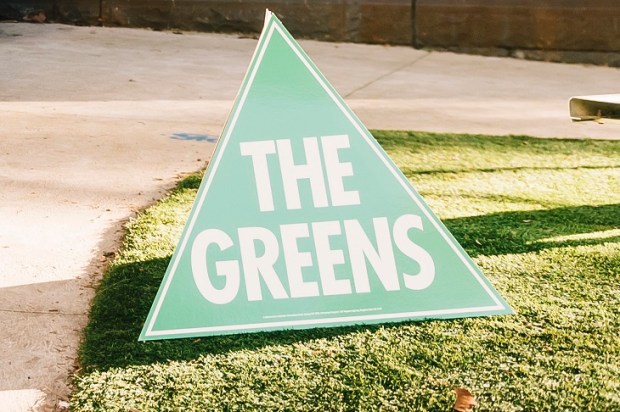Studying last month’s Davos meeting of the world’s (largely self-appointed) elites, Walter Russell Mead sees an inflection point.
He says that when they listened to Argentinian President Milei promoting free market capitalism, the Davosies’ applause was more than polite clapping. There was a sense that all was not well in the supposed government-planned China, and a recognition that the more hands-on EU governmental approach has resulted in Europe slipping behind the US with its lighter government touch over the economy.
Already a subscriber? Log in
Subscribe for just $2 a week
Try a month of The Spectator Australia absolutely free and without commitment. Not only that but – if you choose to continue – you’ll pay just $2 a week for your first year.
- Unlimited access to spectator.com.au and app
- The weekly edition on the Spectator Australia app
- Spectator podcasts and newsletters
- Full access to spectator.co.uk


























Comments
Don't miss out
Join the conversation with other Spectator Australia readers. Subscribe to leave a comment.
SUBSCRIBEAlready a subscriber? Log in